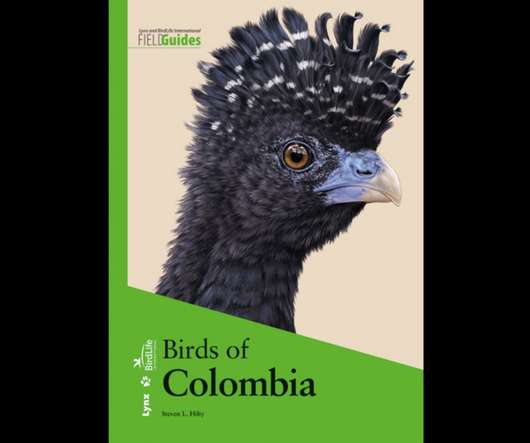Escaped vs Wild Whistling Ducks
10,000 Birds
APRIL 23, 2015
They don’t even take their tucked-in heads out, a position some resting ducks adopt, when people approach them to distances of only a few meters. White-faced Whistling Ducks are widespread in hot and humid habitats of eastern South America.













Let's personalize your content